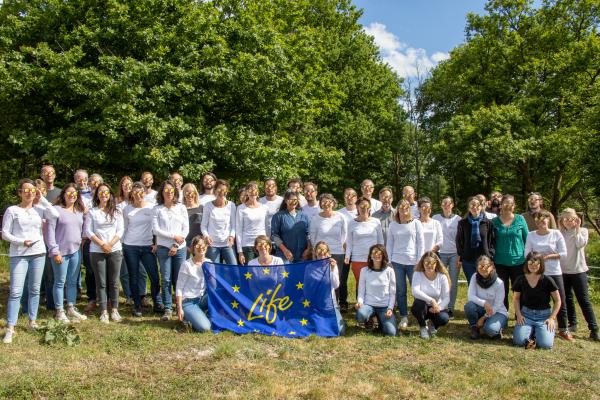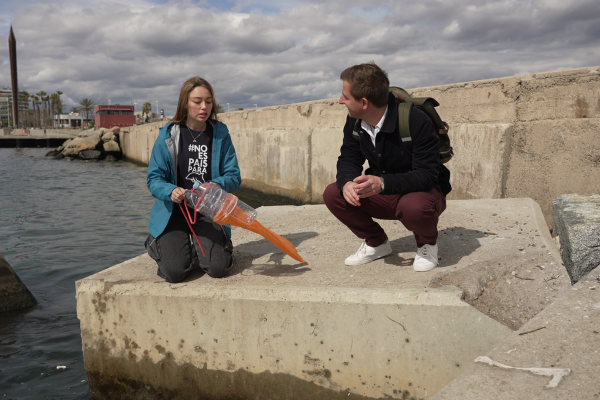In 1983, the EU adopted the Seal Pups Directive outlining measures on how EU countries could ensure that skins and derived products from pups of harp seals and hooded seals (blue-backs) would not be commercially imported into their territory. It does not apply to products resulting from traditional hunting by the Inuit people.
Since 2009, the Trade in Seal Products Basic Regulation has prohibited the placing of seal products on the EU market. The Regulation has been amended in 2015 to reflect the outcomes of World Trade Organization rulings in the EC-Seal products case.
The trade ban applies to seal products produced in the EU and to imported seal products, with two exceptions.
The placing on the EU market is allowed for seal products that qualify under the “Inuit and other indigenous communities” exception, provided several conditions are fulfilled and these products are accompanied by an official document attesting their origin. This is because seal hunts traditionally conducted by the Inuit and other indigenous communities contribute to the subsistence of these communities and as such do not raise the same public moral concerns as seal hunts conducted primarily for commercial reasons.
The second exemption allows the import of seal products where it is of an occasional nature and consists exclusively of goods for the personal use of travellers or their families.






